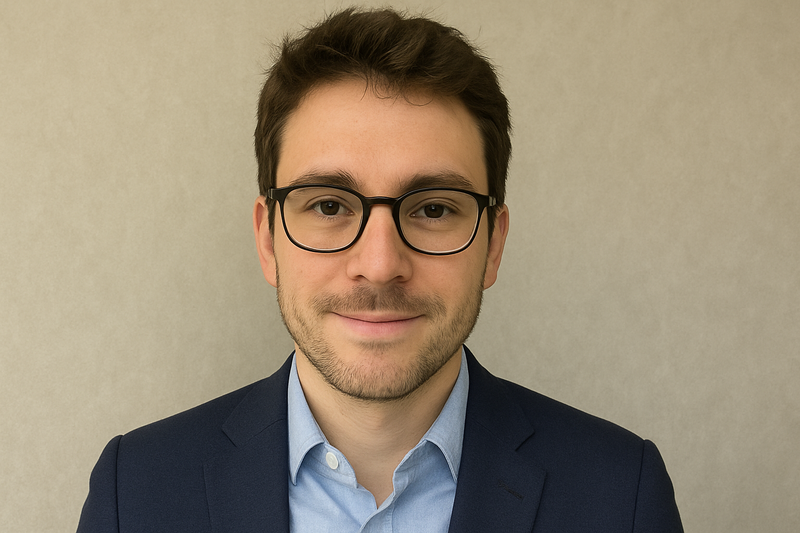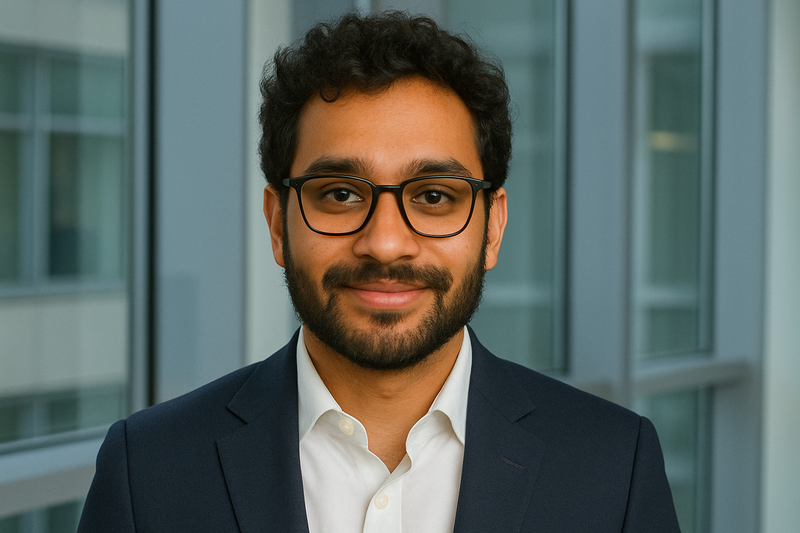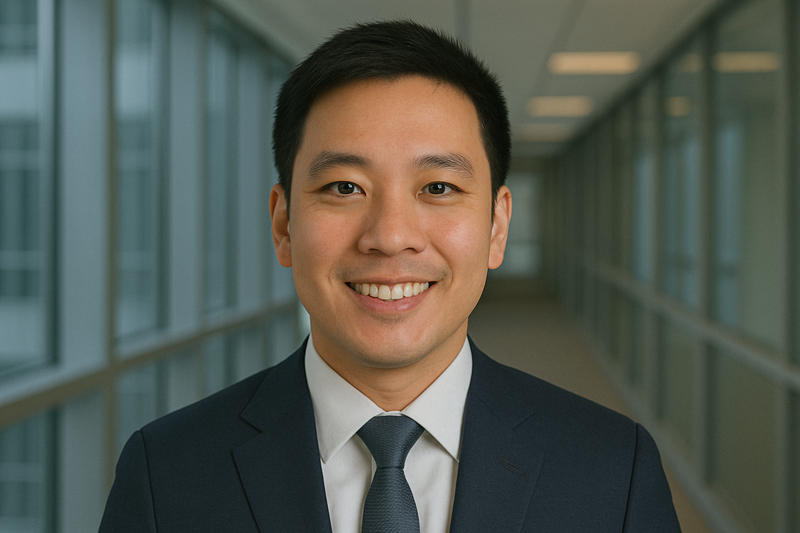Latest Cryptocurrency News
Top 5 Marketcap Coins |
|
Our Community
|
Enjoy the aggregated news stories, prices, and all other tools that you can use for your cryptocurrency research. We have partnered with many different sites to bring you all of the free information found here.
If you would like to stay on top of the cryptocurrency space, we offer extensive research, future-focused reports, and expert-led education. All you have to do is join our community and become a premium user of our site. We break down complex blockchain and decentralized finance concepts with clarity and insight, and will make sure you stay ahead of the curve with analysis on emerging new chains. Our community is guided by blockchain professionals that have been in the crypto industry since its inception. |
|
|
Coin Heatmap |
Premium Blockchain Education Tiers
30 DAYS PREMIUM
|
60 DAYS PREMIUM
|
90 DAYS PREMIUM
|
Blockchain Education has never been more important. Get started today




